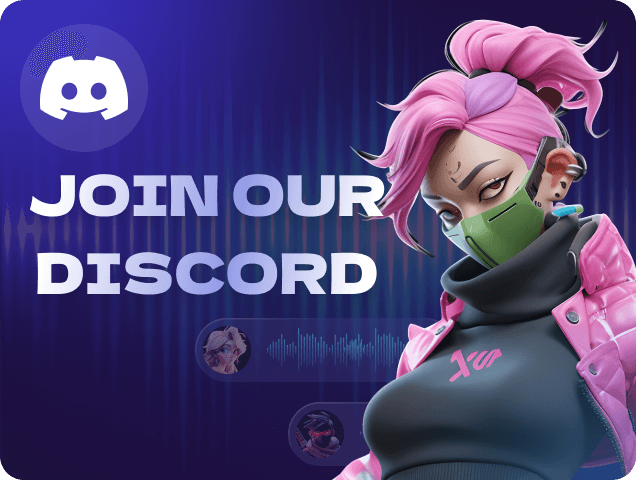From Hulkamania to Hollywood: The Life and Death of Hulk Hogan
Hulk Hogan died at the age of 71 on July 24, 2025. It was shocking news for the wrestling fans. For decades, he dominated pro wrestling and made it what it is today. His career wasn't without controversy, but his impact is undeniable.
Part 1. The Early Years of Hulk Hogan
The wrestling career of Terry Gene Bollea, the real name of the legendary Hulk Hogan, started back in 1977. He got a break when Jack and Gerald Brisco spotted him in a gym. They introduced him to Hiro Matsuda, who began training him, and legend has it that Matsuda intentionally broke Terry's leg. However, he returned to complete his training after he recovered, and started to wrestle in Florida for the CWF promotion before he went to territories in Alabama and Memphis.
Hulk Hogan Gets His Name
In 1979, Vince McMahon Sr. named Terry Bollea Hulk Hogan while he wrestled in New York. Around this time, he got a role in Rocky III as Thunderlips, a wrestler who fought Rocky in a wrestler versus boxer charity match.
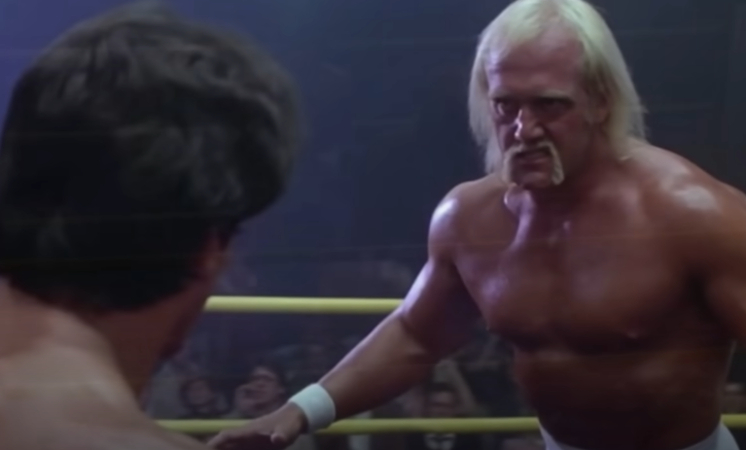
McMahon Sr. disapproved of Hogan being in the movie, but he accepted it anyway, so he was removed from New York bookings after he accepted the role.
Hogan's Time in the AWA and Japan
Hogan's tours with New Japan Pro Wrestling started in 1980. His wrestling style there was quite different than his U.S. performances. He used the Axe Bomber as his finisher instead of the leg drop and often wrestled with more intensity. Hogan won the first IWGP Heavyweight Championship when he defeated Antonio Inoki in a 10-man tournament, and this proved that his star power extended beyond borders.
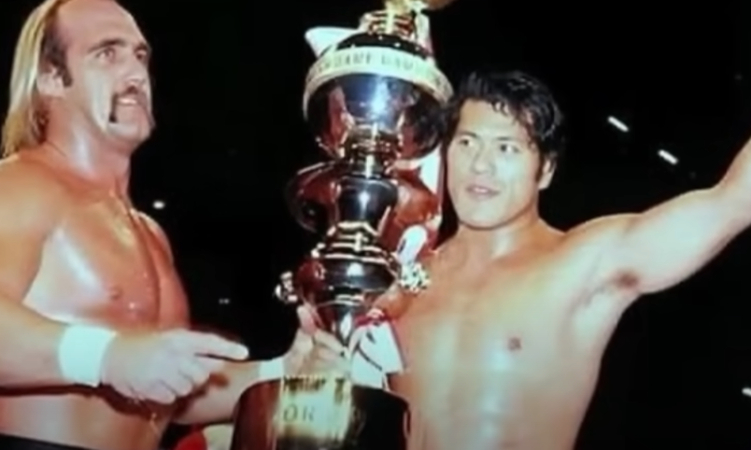
During the filming of Rocky III, Hulk Hogan joined Vern Gagne's AWA in Minneapolis. He started as a heel and later became the company's biggest babyface within a year. In 1982, Hogan faced heel champion Nick Bockwinkel in a series of matches that skyrocketed his popularity.
In the meantime, Rocky III hit theaters, and Vince McMahon Jr. purchased the WWF with plans to go national and to make Hogan the face of his expansion.
Gagne refused to make Hogan the AWA champion and even overturned a match Hogan won due to a disputed finish. Vern saw how many shirts Hogan sold, but they could not agree on how to split the earnings. Hogan also learned that Gagne took a cut of his earnings during Japanese tours. This led him to leave AWA and return to New York. He didn't know at that time that Vince wanted him as a face for his newly bought company.
Part 2. Hulkamania in the WWF
Let's talk about the Hulkamania trend that got so viral that it alone sold arenas.
Hogan Returns to the WWF
After leaving AWA, Hulk Hogan returned to Vince McMahon Jr.'s WWF. The last time he was in the WWF, he played a heel managed by Classy Freddie Blassie. McMahon Jr. wanted fans to know that Hogan had changed. In January 1984 at Madison Square Garden, he defeated The Iron Sheik to win the WWF Championship and took over Bob Backlund's spot as the company's top babyface.
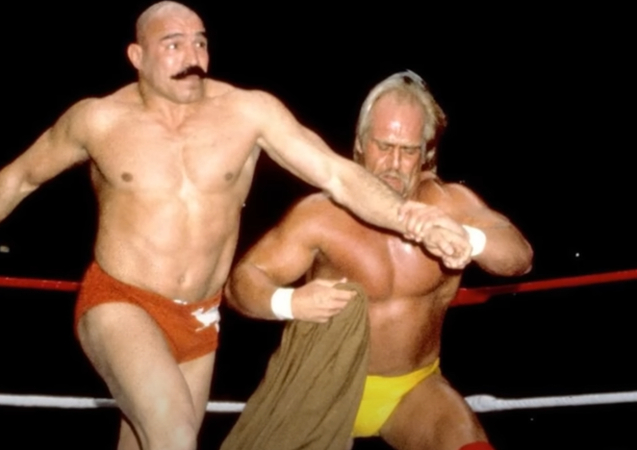
From that moment, Hogan's rise was unstoppable, and the WWF changed forever as a sports entertainment industry.
Rise of Rock 'n' Wrestling Connection
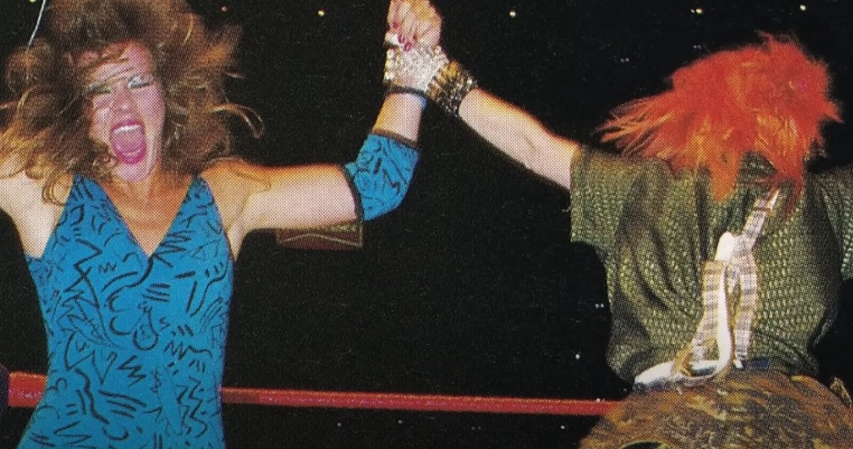
With WWF's partnership with MTV and the newly coined Rock 'n' Wrestling, musicians and celebrities began appearing with WWF superstars. This helped boost the company's popularity while McMahon aggressively signed top talent from wrestling territories across North America. WWF was becoming a pro wrestling juggernaut, and Hogan was placed at the top of it all.
Hulkamania originally started in the AWA, but it exploded in the WWF. He headlined WrestleMania 1, a major show packed with stars McMahon had recruited and celebrities the WWF had connected with through MTV.
This cooperation between the WWF and pop culture was insane. The WWF became much more accessible to fans in the USA, and as TV rights expanded, it aired in markets outside America. Many, many younger fans only knew of the WWF and nothing more, thanks to McMahon's aggressive yet very smart distribution methods. Hogan was seen by many as the best simply because he was everywhere.
Hulk Hogan Becomes Wrestling's Biggest Star
Hulk Hogan main-evented consistently and drew huge crowds. He spoke confidently and had a natural way of engaging with fans of all ages through his character and actions on TV.
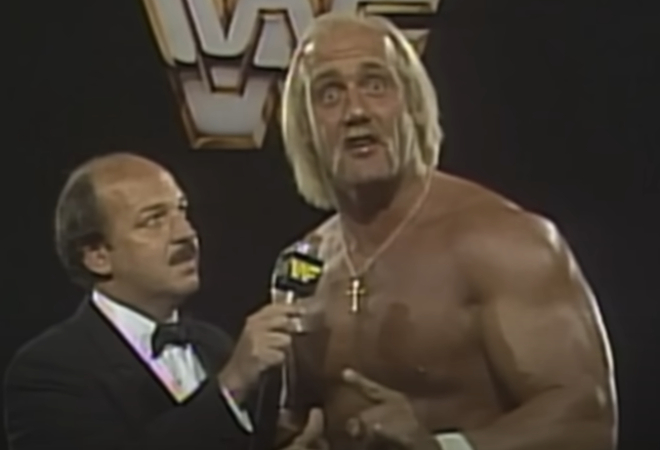
Some might say he was just lucky to be in the right place at the right time. But without Hogan, wrestling might not have grown the same way. McMahon's global expansion may still have happened, but Hogan's popularity made it much easier.
Hulk Hogan's fame and massive appeal played a big role in the WWF's success. He helped wrestling reach a new level and cemented himself as the face of an era.
Part 3. Hulk Hogan Joins WCW and the nWo
Remember WCW and nWo? Let's take a look at how it all started for Hulk Hogan.
WWF Years and Rising Criticism
Hogan remained the top star in the WWF for years and headlined multiple WrestleManias. He defeated giants like Andre the Giant and villains like Sgt. Slaughter. And who would forget his epic match against the Ultimate Warrior? That was pure gold.
However, hardcore wrestling fans began to notice Hogan rarely lost any matches. Losses were usually due to interference or controversial finishes.
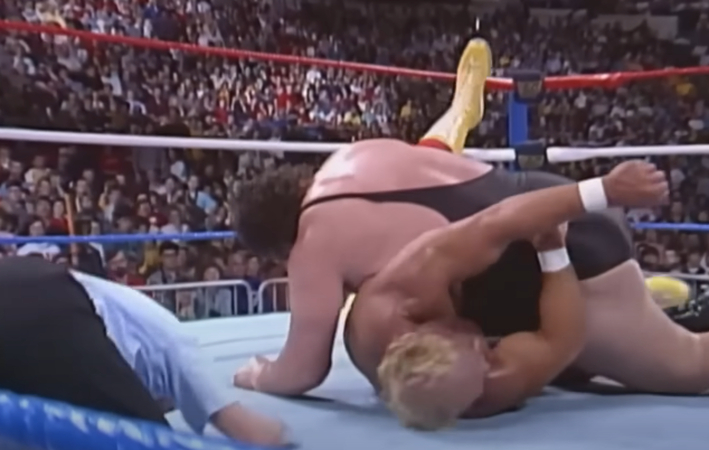
Still, it didn't matter much to Vince McMahon. Hulkamania continued to run wild, and Hogan found himself getting more opportunities outside of the ring.
WCW Contract and Early Reactions
Eventually, he left the WWF due to a mix of factors, including the steroid scandal, interest in acting, and McMahon's focus on younger stars. Hulk Hogan starred in Thunder in Paradise before joining WCW with an enormous contract that gave him creative control.
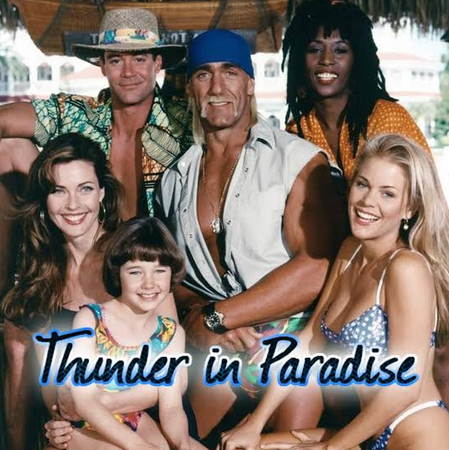
Initially, Hogan was popular in WCW, as seen at Bash at the Beach 1994 and Halloween Havoc 1994. However, some regions, like the Carolinas, didn't embrace him. Fans also grew tired of his unchanged character and match outcomes. WCW tried a villain turn, but it fell flat.
nWo Formation
When Kevin Nash and Scott Hall arrived in WCW, a real opportunity emerged. Hulk Hogan joined them to form the nWo, turning heel in a move that revitalized his career. As "Hollywood Hogan," he portrayed a self-absorbed villain who claimed wrestling owed him everything. His entrance music, black-and-white gear, and arrogant promos grabbed attention.
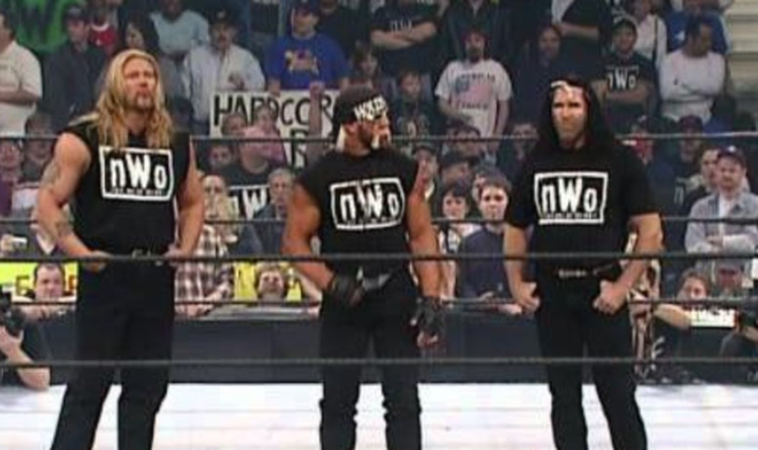
The nWo became wrestling's hottest act, and WCW surpassed WWF in ratings during the Monday Night Wars. Hogan's promos were often directionless, but fans loved them. However, his WCW matches often ended in controversy, and his refusal to lose cleanly became a joke, especially after Starrcade 1997 versus Sting.
Hogan's influence was immense, but his creative control led to absurd booking. The phrase "that doesn't work for me, brother" became symbolic of Hogan rejecting match outcomes he didn't like. Despite this, the nWo era became a legendary part of wrestling history.
Part 4. Return of Hulk Hogan to WWE and then TNA
After WCW's decline and sale to the WWF, Hulk Hogan rested his contract before returning to WWE, the rebranded WWF, with Hall and Nash. At WrestleMania 18 in Toronto, Hogan faced The Rock, receiving a massive crowd reaction. Many consider it his best match.
This moment revitalized Hogan's career. He won WWE gold again, but without creative control, he relied on backstage politics.
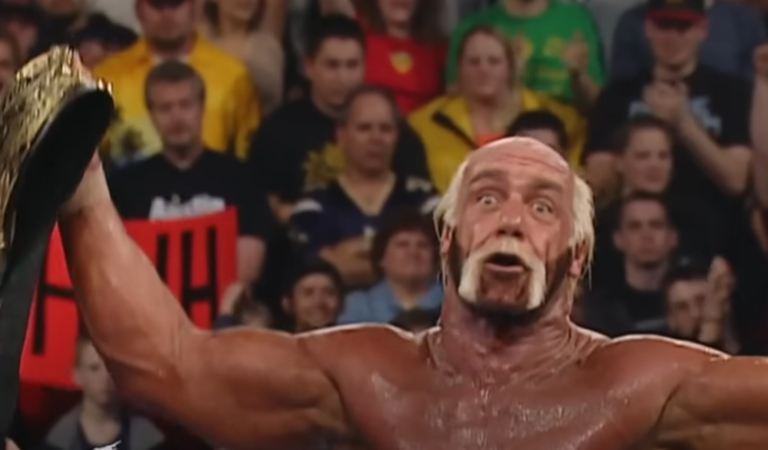
Disagreements over pay and the Mr. America character led to another exit. Hogan returned in 2005 to wrestle Shawn Michaels at SummerSlam, a match influenced by backstage tensions. He also wrestled Randy Orton at another SummerSlam, where many believed Orton should have won.
Hogan's next major stint was in TNA Wrestling. His time in TNA was heavily criticized by fans and wrestlers alike. Many believed Hogan and Eric Bischoff changed the promotion to fit their agenda, harming TNA's unique identity. Critics felt Hogan prioritized his friends and family over good programming, and TNA suffered as a result.
Part 5. Huk Hogan: Controversies and Scandals
After TNA, Hogan made sporadic WWE appearances. He appeared at WrestleMania 30 with Austin and The Rock and returned at WrestleMania 31 with the nWo. However, in 2015, leaked footage revealed racist comments Hogan made in a sex tape.
The backlash was immediate. WWE terminated his Legends contract, removed him from the Hall of Fame, and pulled his merchandise. Hogan's comments back then were racial slurs and being "racist to a point." The damage to his image was severe.
Hulk Hogan later apologized, blaming his upbringing, but public reaction was mixed. Fans and industry figures debated whether he deserved forgiveness. He also filed a hundred million lawsuit against Gawker, the site that leaked the tape of him and the wife of his former friend's intimate encounters. With financial support from Peter Thiel, Hogan won $135 million but settled for $31 million. Gawker went bankrupt, but Hogan's reputation didn't recover.

WWE cautiously reintroduced Hogan for overseas events like Crown Jewel 2018. He returned to RAW for tributes and Hall of Fame appearances, but fans' reactions were often negative. At WrestleMania 37, boos were loud. His final WWE appearance at the first Netflix RAW ended with similar boos.
Part 6. Legacy of Hulk Hogan
Hulk Hogan died of cardiac arrest on July 24, 2025, in Clearwater, Florida. Jimmy Hart initially claimed Hogan was fine, but later revealed he was told to say that by Hogan's assistant.
Fans reacted with mixed emotions. Some celebrated Hogan's wrestling achievements, while others only talked about his past scandals. Many fans tried to balance respect for his wrestling legacy with criticism of his personal actions.
Some people called Hogan's legacy "complicated" or "complex," but the truth is clearer. Hogan revolutionized wrestling on TV and in arenas, but his personal choices damaged his public image.
Even after death, Hogan's past remains part of the conversation. People have different opinions, and that's life.
Hogan leaves behind family and fans who supported him through everything. For Hulkamaniacs, the loss was personal.

He wasn't perfect, but he was wrestling's biggest star. He brought fans into the sport and created global attention for pro wrestling. His legacy is protected!
Part 7. FAQs of Hulk Hogan
Before passing away at 71, Hulk Hogan had been married three times. His first marriage was to Linda Hogan in 1983, and their relationship lasted until 2009. After that, he married Jennifer McDaniel, but they separated in 2021. Two years later, he married again, this time to Sky Daily.
Hulk Hogan was often billed at 6'7"; it's generally accepted that he was closer to 6'4" or 6'5" in his prime. He also experienced height loss due to back and knee surgeries later in his career.
Hogan had been diagnosed with chronic lymphocytic leukemia and also lived with a heart condition called atrial fibrillation. An acute myocardial infarction caused his death, which is also a term for a heart attack.
Conclusion on Hulk Hogan
Hulk Hogan was wrestling. He created fans, inspired many to enter the sport, and sparked the pro wrestling world into something bigger. He wasn't perfect, and his legacy won't be viewed the same by everyone. But facts are facts-he built an empire that later crumbled because of his own actions. Even in death, debates remain about what Hogan meant. Yet for the people who wore red and yellow, for those who cheered him for decades, he was the ultimate legend. Hogan's impact was permanent, and for better or worse, he changed wrestling forever.
Leave a Comment
Create your review for HitPaw articles
